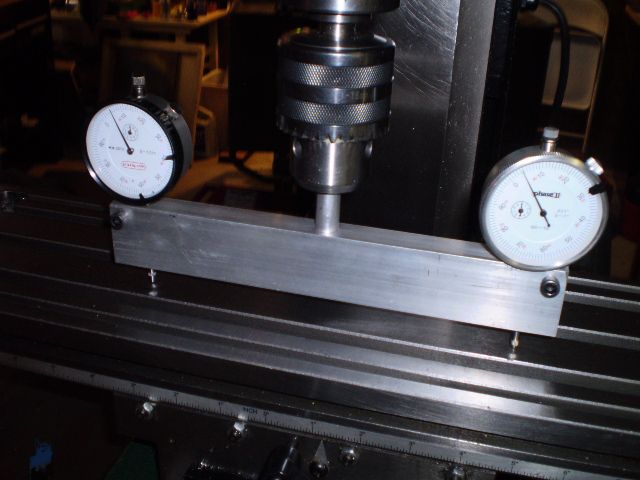Philipintexas
Well-Known Member
- Joined
- Apr 13, 2012
- Messages
- 227
- Reaction score
- 52
I've been using an Enco mill-drill for many years, however I found the column was not exactly perpendicular to the table. It's fairly easy to shim it into plumb but how should I secure it once shimmed? Shim stock works but that leaves everything basically bolted to a stack of thin material making contact in only a small fraction of the total contact area. I'd feel better if the entire base of the column was in total contact with the base area but short of machining those areas it doesn't seem to be as solid as I'd like. It's a catch-22 since I'd have to machine the base using the machine itself.






